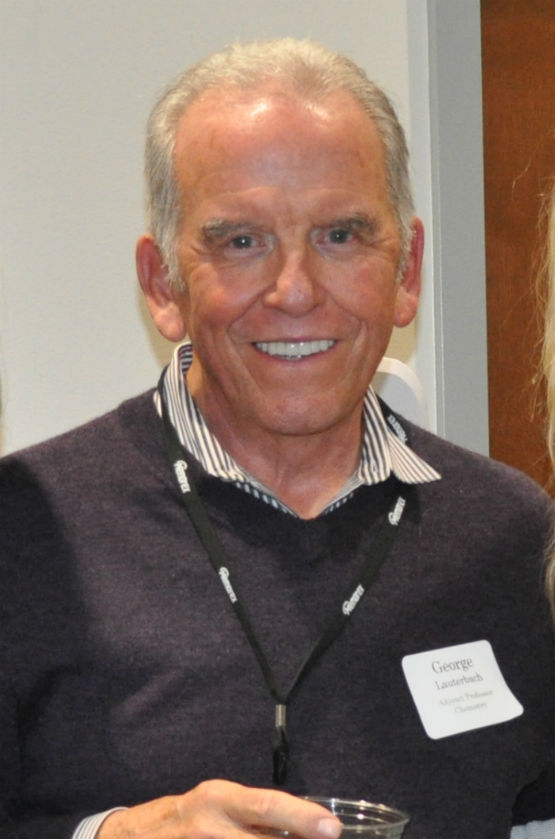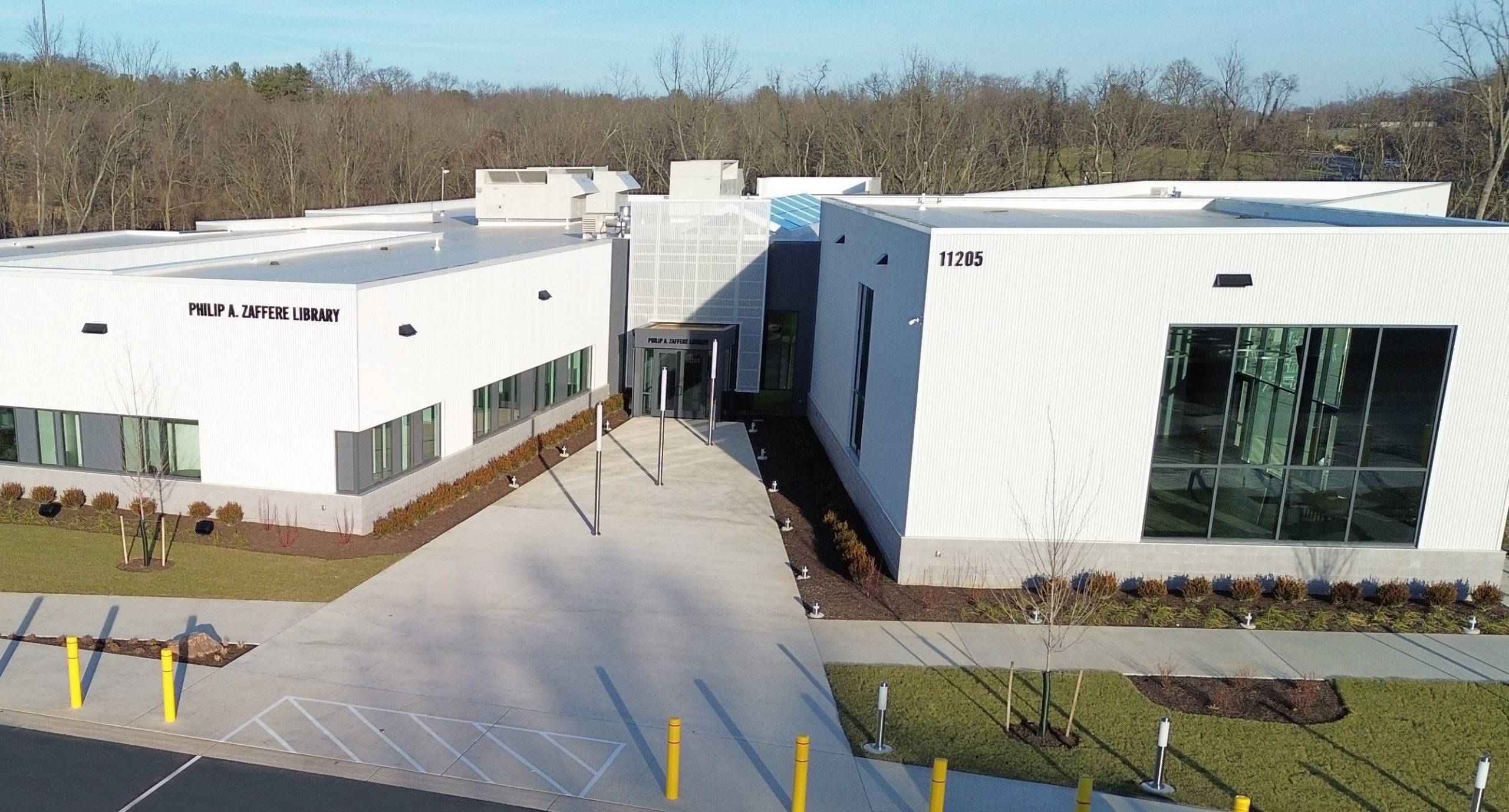The Stevenson University School of the Sciences hosted it’s 2nd annual Spring Spectacular on April 26th. It was held on the North lawn of the Manning Academic Center and involved science demonstrations, logic puzzles and games, liquid nitrogen ice cream and lots of fun. The highlight of the day was hands down the ping pong fountain.
Chemistry and Biochemistry News

Senior chemistry major Blake Ford has been working with faculty member Dr. Burkett this semester, attempting to crystallize a low-coordinate iron complex as a simple model for the nitrogenase active site. Nitrogenase is an important enzyme in plants that converts nitrogen into more useful ammonia, which serves as a starting material for many natural and synthetic processes. Ammonia is an important starting material in fertilizers, but also in pharmaceuticals. With a non-plant based system, this process can be orders of magnitude more efficient. They are talking over plans to have the latest extraction product sent out for x-ray crystallography.

Special recognition goes to adjunct professor of chemistry, Dr. George Lauterbach, who was presented the 2017 Rose Dawson Excellence in teaching award. The honor is presented annually to recognize Stevenson faculty, both full-time and part-time, who exemplify the art of teaching as mentors and as scholars. Dr. Lauterbach has been living his dream of teaching chemistry with Stevenson University for many years, touching the lives of hundreds of students. Congratulations, Dr. Lauterbach!

Senior chemistry major Corinna Carter was honored at the April \American Chemical Society Maryland section meeting. She was accompanied by Dr. Sara Narayan, chemistry faculty member and was awarded the ACS Stevenson student award for 2017 in recognition of her outstanding scholarship and service in chemistry. Congratulations Corinna!

The Inorganic Chemistry class recently demonstrated their success at making the classic “1-2-3 superconductor” in lab. The name comes from the required proportion of metal atoms in the the formula, YBa2Cu3O7. A correctly synthesized superconductor will repel other magnetic substances when it is cooled below its critical temperature. The students were able to demonstrate this effect by using liquid nitrogen to cool the superconductor pellets and then levitate small fragments of magnets above them. Pictured above is a successfully levitated magnet!






